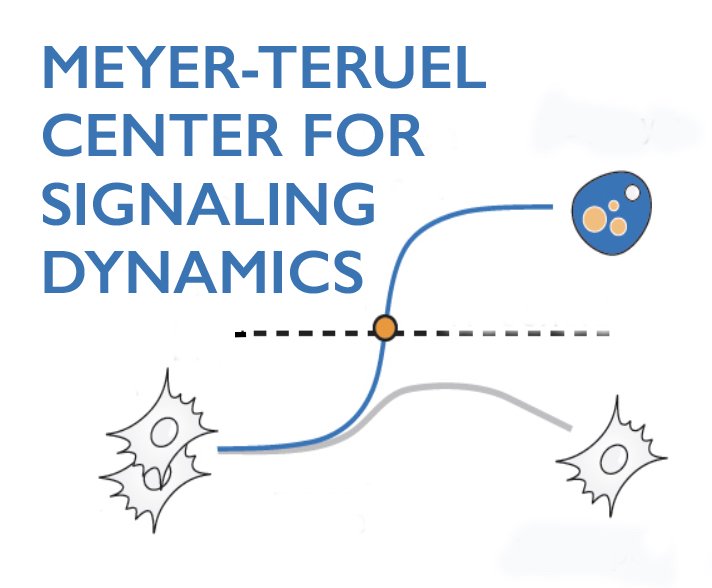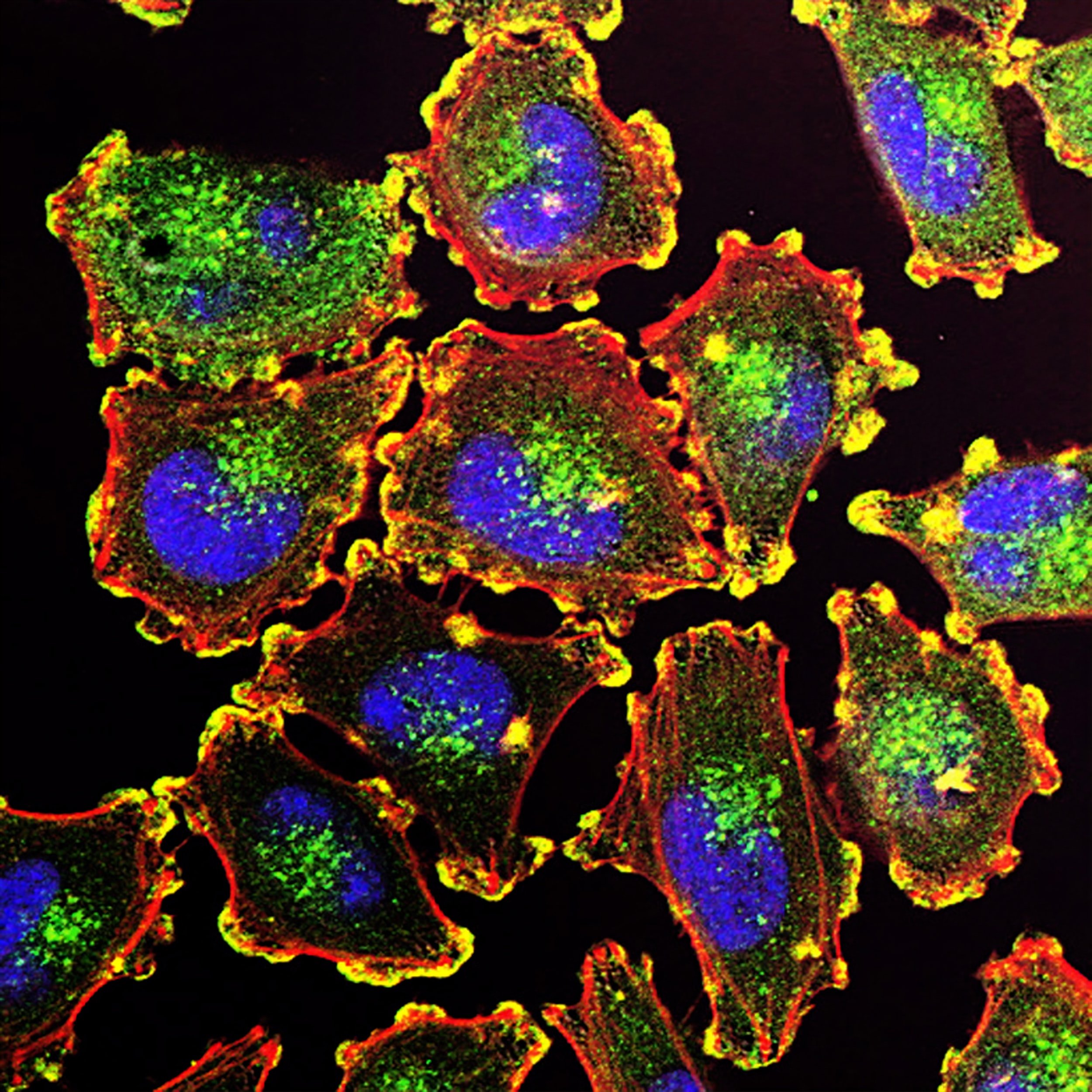How do cells integrate dynamically changing signals to decide between quiescence, proliferation, and senescence?
Section Styles gold-border
We ask how signals are integrated and how they control the decision of normal and cancer cells to proliferate, exit to quiescence, or assume senescent states.
We make use of unique fluorescence microscopy tools that we developed. We investigate how mitogen and stress stimuli control the decision of normal and cancer cells whether to proliferate, exit to quiescence, re-enter the cell cycle, or enter senescence.
Our Approach
We developed live-cell fluorescent reporters to monitor the four signaling activities that control the proliferation decision, the activities of the protein kinases Cdk4/6 and Cdk2, the transcription factor E2F, and the E3 ubiquitin ligase APC/C. We combine these methods with small molecule signaling inhibitors, multiplexed fixed immunofluorescence, and single-cell RNA FISH and RNA-Seq analysis. We link new findings in cultured cell and organoid models to in vivo studies of normal and cancer cells in mice.
Relevant Publications
➢ Cdt1 inhibits CMG helicase in early S phase to separate origin licensing from DNA synthesis. Mol Cell 2023
➢ CDC7-independent G1/S transition revealed by targeted protein degradation. Nature 2022
➢ Palbociclib induces selective and immediate dissociation of p21 from cyclin D-CDK4 to inhibit CDK2. Nature Comm 2021
➢ Altered G1 signaling order and commitment point in cells proliferating without CDK4/6 activity. Nature Comm 2021
➢ Transient Hysteresis in CDK4/6 Activity Underlies Passage of the Restriction Point in G1. Mol Cell 2019
➢ EMI1 switches from being a substrate to an inhibitor of APC/CCDH1 to start the cell cycle. Nature 2018
➢ An intrinsic S/G2 checkpoint enforced by ATR. Science 2018
➢ Competing memories of mitogen and p53 signalling control cell-cycle entry. Nature 2017
➢ Irreversible APC(Cdh1) Inactivation Underlies the Point of No Return for Cell-Cycle Entry. Cell 2016
➢ The Proliferation-Quiescence Decision Is Controlled by a Bifurcation in CDK2 Activity at Mitotic Exit. Cell. 2013.

